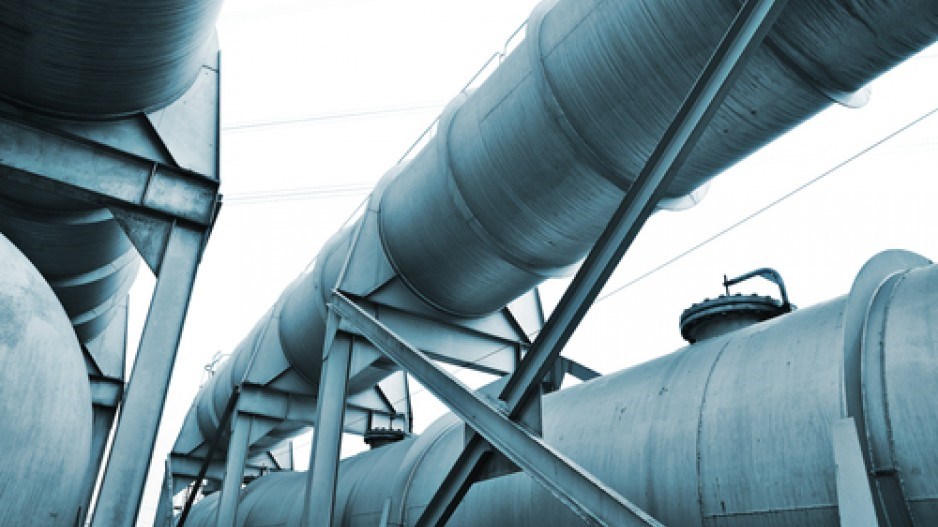TransCanada Corporation says that the British Columbia Environmental Assessment Office has issued an environmental assessment certificate for the $4-billion Coastal GasLink pipeline project.
As anticipated, the certificate was issued with a number of conditions resulting from the assessment by the EAO of environmental, social, economic, heritage and health components deemed pertinent to the project.
“Achievement of an environmental assessment certificate is a significant milestone for both Coastal GasLink and TransCanada,” Russ Girling, president and chief executive officer of TransCanada, said in a news release. “The scope of this application was substantial, involving thousands of hours of work to date for all involved. We appreciate the contributions and input from all those who participated in the environmental assessment process.”
The proposed project involves the construction and operation of an approximately 670-kilometre, 48-inch diameter natural gas pipeline from the Groundbirch area near Dawson Creek, B.C., to the proposed LNG Canada liquefied natural gas export facility near Kitimat, B.C.
The initial capacity of the pipeline will allow the shipment of approximately two bcf per day to three bcf per day of natural gas, with an expansion capability to approximately five bcf per day through the addition of up to seven compressor stations.
The initial build will include up to three meter stations and one compressor station.
The Coastal GasLink project is underpinned by the joint venture participants in the LNG Canada project at Kitimat proposed by Shell Canada Energy and subsidiary corporations of PetroChina Company Limited, Korea Gas Corporation and Mitsubishi Corporation. The consortium has not yet made a final decision on whether to proceed with the project.
The environmental assessment certificate for the Coastal GasLink Pipeline Project contains 32 conditions, the majority of which reflect current best practices for natural gas pipeline construction and operation. They also include conditions adopted to address project-specific concerns, as raised by Aboriginal groups, local communities and resource management agencies. These include:
Participation in government-led programs to manage key wildlife populations of concern to B.C. including southern mountain caribou and grizzly bear;
A socio-economic effects management plan to monitor effects of the project on community infrastructure, labour, employment and contracting opportunities; and,
Continued engagement with Aboriginal groups and local governments along the pipeline route to share information about the construction schedule and collect ongoing feedback about the project.
The regulatory process in British Columbia focuses on identifying the potential adverse environmental effects of a proposed project and outlining the mitigation required to manage the effects. Coastal GasLink submitted a 7,200-page application for an environmental assessment certificate on Jan. 29, 2014. The EAO accepted it for review March 11, 2014, and this was followed by a public comment period from March 12 to May 5.
The Environmental Assessment Office then prepared an environmental assessment report based on its review of the application, input from an application-specific working group that included representatives from Aboriginal groups, municipalities and government agencies, and comments received from the public. The recommendations on the proposed project then were submitted to the B.C. ministers of environment and natural gas development.
TransCanada also has submitted applications to the B.C. Oil and Gas Commission for the permits required under the Oil and Gas Activities Act to build and operate the pipeline. The regulatory review of those applications is progressing on schedule with permit decisions anticipated in the first quarter of 2015, the company said.
Since the announcement of the project in June 2012, Coastal GasLink has engaged with Aboriginal groups and communities along the proposed pipeline route, including residents, local and regional governments, landowners, businesses and First Nations.
The next steps for the proposed project include detailed engineering and construction planning, as well as ongoing consultation with Aboriginal groups and the public. Pending the receipt of all required regulatory approvals and a positive final investment decision from LNG Canada, the start of pipeline construction is anticipated in 2016, with an in-service date by the end of the decade.



